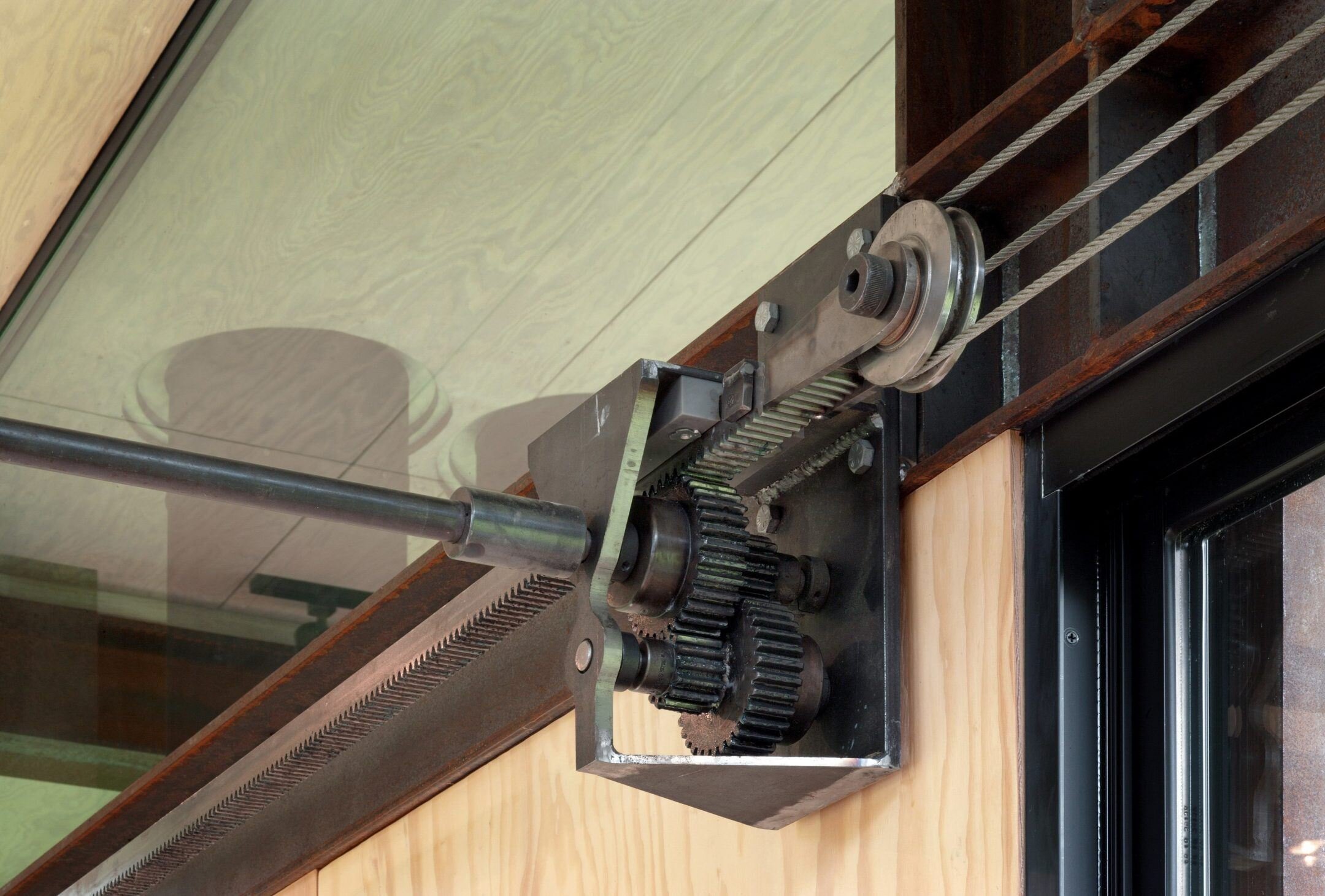By Lucas Gray
Accessory Dwelling Units, or ADUs, are secondary residences that can be built on any residential property in Portland. As housing costs continue to rise, many neighbors search for affordable housing for themselves or loved ones and ADUs can provide wonderful places to live while being much cheaper than buying a house in today’s market. They are also great ways to earn rental income for homeowners, potentially allowing people to stay on their property even if the neighborhood gets more expensive. In short, ADUs are great investments that help build wealth and provide much needed housing. They can be an important part of creating diverse and thriving communities.
We have been working in NE Portland over the past five years to help people navigate the design, permitting and construction process for ADUs. We find ADUs to be great ways to address our housing shortage, while preserving the neighborhood character that we all enjoy.
Here are a few reasons we think ADUs are a great fit for Portland and something that everyone should consider adding to their property:
ADUs create opportunities to provide housing while preserving neighborhood character.
ADUs are sustainable - by doubling down on residential areas with existing infrastructure and services (preventing urban sprawl).
ADUs give homeowners an opportunity to capitalize on their current investment (their property) and build wealth, provide passive income, and help people plan for retirement.
ADUs allow for multi-generational living and aging-in-place
ADUs are a popular way to downsize while remaining in the community you’ve grown to love.
Most of the time ADUs are detached buildings (like a backyard cottage), but an ADU can also be created within a renovated basement, attic, or garage. Each property and family is unique, so we work with our clients to talk through all of the options available and find the best solution to their situation - based on budget, existing conditions of the property, and what their goal is for the new structure.
Like any investment, there are associated are costs. ADUs are not cheap - we find they cost between $200,000 and $300,000 in the Portland market, depending on size, complexity, finishes, etc. However, some more luxurious projects have come in well above that range. This cost is relatively similar regardless of whether you are building new or renovating. Renovating basement or garages into an ADU is not necessarily cheaper than a new building, as often it is more complex to work within an existing structure. In general, new, detached, ADUs are the simplest to build but we have worked on all sorts of ADUs to date.
We are passionate about ADUs as they can be economic, social and environmentally sustainable housing opportunities. If you have any questions or are considering building an ADU, we offer a range of free resources on this website and even sell ADU Plans for those looking for a cheaper faster way to get an ADU project started.























